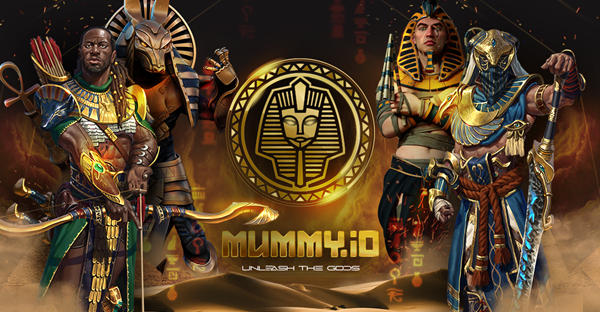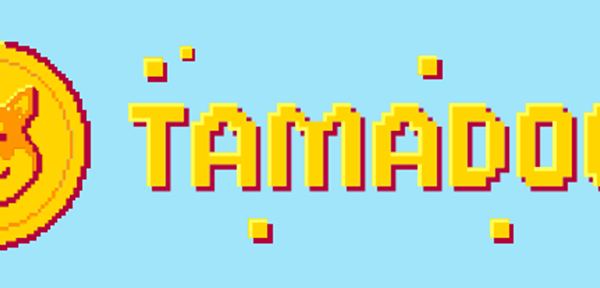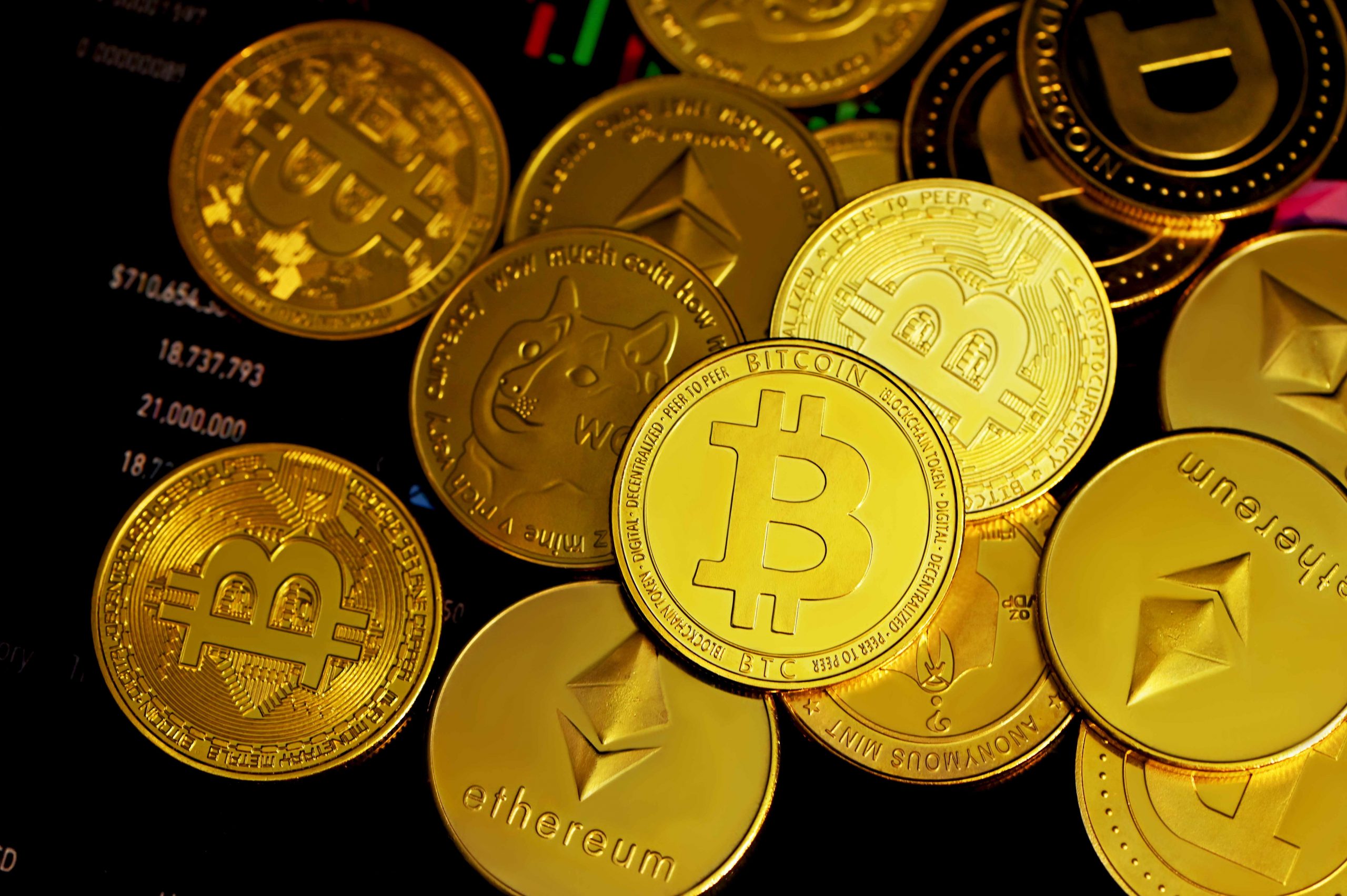Article from: NFT Now
NFTs. Cryptocurrencies. Bitcoin. Ethereum. Web3. To someone who has never directly interacted with these things before, the crypto world can seem obtuse, opaque, and overtly strange.
All of which is completely understandable. The advent of the blockchain and the technologies it supports represent a sea-change on par with the advent of the internet itself. And just as people reacted to the early days of the internet with a wide variety of emotions that included skepticism, excitement, and outright fear, blockchain-based technology is inspiring the same gamut in people today.
The two biggest unknowns of the technology manifest in the form of cryptocurrencies and NFTs, so we’ve created a simple explainer on what they are, how they interact, and the main differences between them. But before you start to wrap your head around them though, you have to understand the technological infrastructure they both need to exist in the first place. That technology is called the blockchain.
You can think of the blockchain as a shared digital collection and record of data transactions, not dissimilar from a public ledger. Individual data transaction records are stored in blocks that link together to form a chain of bookkeeping, which is where we get the term, “blockchain.” Transactions on the blockchain are only added to this distributed ledger if the many “nodes” in the system (computers dedicated to securing the system) verify them.
Essentially, the contents of the ledger must be confirmed by all parties involved in the verification process. The more verifying nodes in the system, the more secure it is. Unlike just hacking into Google or Apple to mess with the system, to hack a blockchain ledger, you’d need to gain control over a huge amount of computers to alter it. This greatly adds to its security.
So, we have this new technology that can support decentralized data transactions of all kinds.
The two most prominent types of data transactions that blockchain tech has introduced are cryptocurrencies and NFTs. They have some similarities and key interactions but are distinct from one another in some very important ways.
Let’s start with cryptocurrencies.
Cryptocurrencies are digital currencies. The term “crypto” comes from the fact that these currencies (often called digital tokens) are secured via a process called cryptography, meaning they are highly protected and just about impossible to double-spend or counterfeit.
The key thing to understand about cryptocurrencies is that, just like fiat currency, they are fungible. If you have a five-dollar bill in your wallet and someone asks you to trade it for a five-dollar bill in their wallet, you wouldn’t care. Your money is fungible — any five-dollar note is as good as any other so long as it gets the job done. This is exactly how cryptocurrencies work. Five ETH in my digital wallet is interchangeable with 5 ETH in someone’s else digital wallet.
A quick note on safety and regulation. Because these digital currencies exist on the decentralized blockchain, transactions are streamlined and efficient. No bank intermediaries mean no international transfer fees, and no governmental interference means the currency is immune to the whims of dictatorial regime leaders, for example. But it also means no third party to reimburse you if a transaction goes haywire.
Make sure you do your research and keep a level head. The media likes to exacerbate reports of doom and gloom. Likewise, take any report or article that says the world of crypto is without risk or the solution to all the world’s problems with a massive grain of salt. Both perspectives are extreme and the reality is far more interesting and nuanced.
Now that you’ve got a basic insight into what cryptocurrencies are and how they work, one of the best ways to further your understanding of them is to contrast them with their closely-related digital cousin, NFTs.
NFT stands for non-fungible token. Like cryptocurrencies, they are also digital tokens (commonly called digital assets). But compared to cryptocurrencies, which are fungible, or interchangeable, NFTs are singular and unique. Like cryptocurrencies, they exist on the blockchain as cryptographic assets.
The common comparison here involves the differences between physical currency and the unique physical objects that people buy precisely for their uniqueness. We mentioned how cryptocurrencies are fungible — any amount of ETH in your digital wallet, for example, is exactly the same in value and function as the same amount of ETH in someone else’s wallet.
Now, think of a physical object you own that is special to you, and of which there exists only one. This might be a painting you bought, a collector’s item like a baseball card or a stamp, or a first-edition print of a book you love, signed by its author.
These things are non-fungible. If someone asked to trade your autographed first-edition book for a fifth-edition reprint with no signature, you would (we hope) refuse. While the two contain the same words, they are not at all interchangeable. They are non-fungible.
Now, in this thought experiment, take that principle and apply it to an e-book that comes with a unique digital signature certified by its author, of which let’s say only 25 official copies exist on the blockchain, and you’ve got yourself an NFT. NFTs allow digital assets to be unique and have monetary value. If you own an NFT of even a JPEG, that NFT is yours, and even if someone screenshots it or downloads it, seemingly “stealing” it, they do not own it, and the public blockchain record verifies this.
The beauty of the blockchain lies in its ability to make this transformation. And it has huge ramifications, one of which is how it allows artists of all media to be properly and directly compensated for their work. As long as something can be digitized, it can be made into an NFT. Songs, GIFs, JPEGs, photographs, digital drawings — all of these can be made into NFTS.
NFTs are unique digital assets. Cryptocurrencies are the digital money you use to purchase those assets. The best way to conceptualize this is through a real-world example.
This inequity is a perfect representation of many of the problems surrounding Web2. In Web2, as we all know, clicks and views almost always equate to profit. It’s not difficult to imagine that at least some money was made off of Simard’s work by those who shared it or the platforms it was shared on, yet none of that money went to the artist herself.
Much like how a painter signs their work and inscribes its edition number, Simard’s photo now had a digital fingerprint, available to be seen at any time and by anyone in the world. The image had been written into an immutable public record that proved its originality and authenticity.
Simard put the unique photograph NFT up for sale. To purchase an NFT, as we’ve mentioned, you need some form of cryptocurrency. Different blockchains use different cryptocurrencies. Simard’s photograph was minted (created and authenticated) on the Ethereum blockchain and sold for 100 ETH, that blockchain’s fungible cryptocurrency, which at the time amounted to $303,481. Not a bad turnaround for an artist whose work had been shopped around the internet for free not long before.
This perfectly encapsulates just one of the merits of NFTs. Visual artists who used to have to work with intermediary institutions like galleries, earning a fraction of the profits gained, now have an easy and direct way to be fully compensated for their work. The other benefit of NFTs is that, because the digital contracts that underlie them are customizable, artists can code in the amount of royalties they make from secondary sales. This means that each time the artwork changes hands, a cut of the profits goes to the original artist, creating a more sustainable creative economy for the industry.
In any case, cryptocurrencies and NFTs have changed so many things in society, from how we view and appreciate art and how that art gets made and distributed, to how we think about the basic concepts of economy and value and currency in the first place. Web3 is a dynamic — and yes, risky — place. But it cannot be argued that it isn’t an exciting and inspirational one.
The post Cryptocurrency and NFTs: What’s the Difference? appeared first on nft now.
source
Article from: NFT Now



























